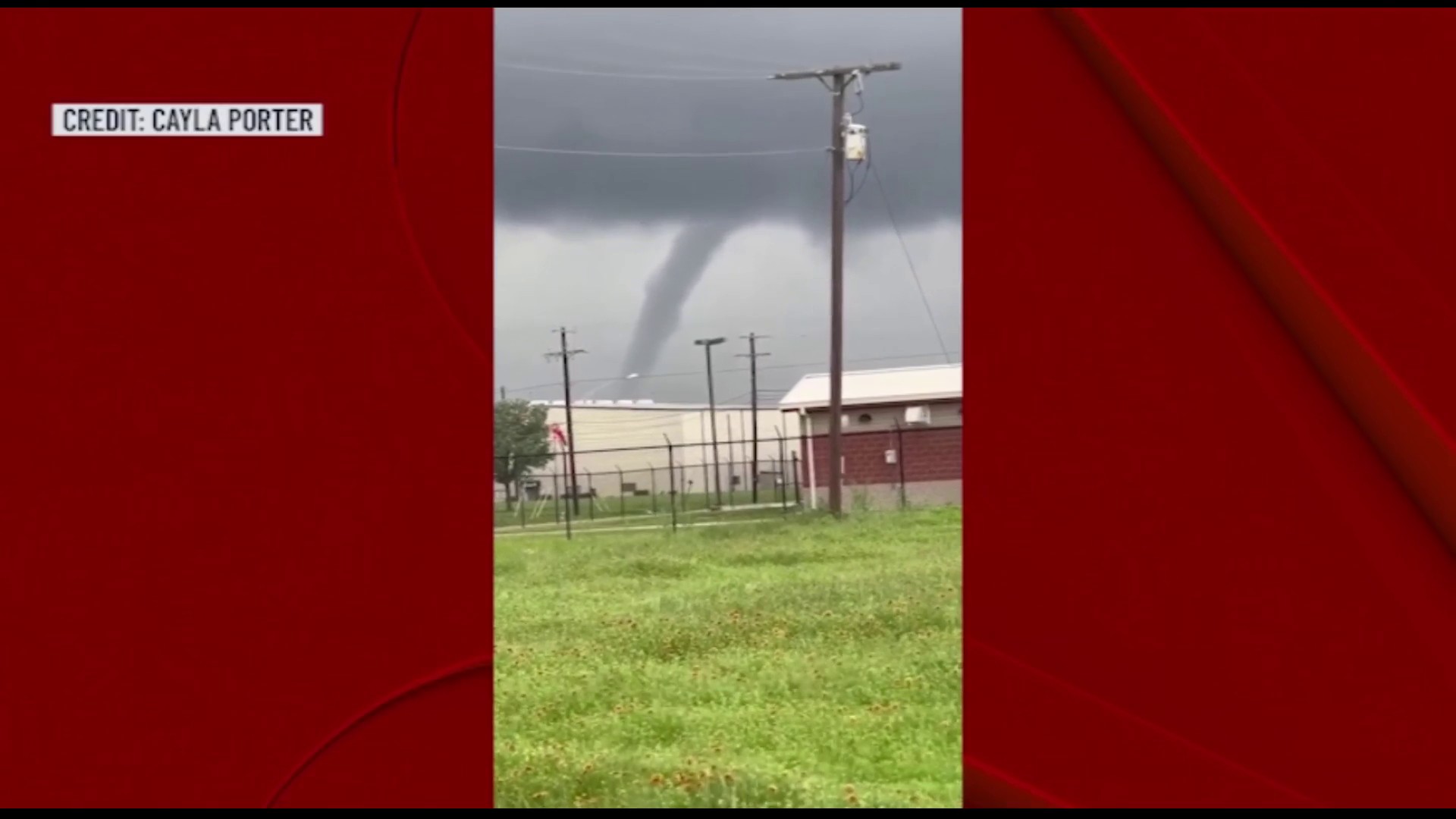Federal funds are on the way to help the city of Dallas address safety problems on one of the city’s most dangerous streets for pedestrians.
On Wednesday, The White House and the U.S. Department of Transportation announced a federal infrastructure grant of more than $21 million for improvements on Martin Luther King Jr. Boulevard and a portion of the road where it becomes Cedar Crest Blvd.
The city plans to reshape the street stretching from Fair Park to the west of Interstate 45 by reducing the number of traffic lanes from five to four and using the extra space to carve out safer spaces for pedestrians and cyclists.
NBC 5 Investigates analyzed Texas Department of Transportation crash data. They found at least six people have been killed in traffic crashes and another 23 severely injured on MLK in less than five years from 2019 to 2023.
Get DFW local news, weather forecasts and entertainment stories to your inbox. Sign up for NBC DFW newsletters.
In recent years, the city of Dallas identified a stretch of MLK as the second most dangerous street for pedestrians in the entire city. It’s a street where some crosswalks are faded and barely visible, and it lacks medians to protect pedestrians, leaving some standing in the turn lane in the middle of the road as they attempt to cross.
The city’s plan to reduce the number of traffic lanes is sometimes referred to as a "road diet," used more often in European and Canadian cities that have slowed speeds and reduced deaths.
NBC 5 Investigates went to Edmonton, Canada, earlier this year to see. City planners there showed us neighborhoods where crashes and deaths have been reduced as the narrower lanes encouraged slower driving behavior.
Local
The latest news from around North Texas.
"As you turn into a neighborhood, as a road is tighter, you instinctively will slow down," said Ryan Kirstiuk, Edmonton’s neighborhood planning director.
Some road safety experts say narrowing dangerous corridors can be even more effective than lowering speed limits.
In a teleconference with reporters Wednesday, Deputy U.S. Secretary of Transportation Polly Trottenberg said she saw evidence that road diets can save lives in her years as New York City’s Transportation Commissioner.
“Just to be clear, a road diet can often mean perhaps you are taking lanes and re-purposing them for cycling for pedestrians for mass transit. The statistics often show a dramatic improvement in safety,” Trottenberg said.
Many of Dallas' main arteries were built wide and straight to move cars fast. And, as our NBC 5 Investigates series ‘Driven to Death’ has shown, some streets in the city have seen even more traffic deaths and severe injuries in recent years than MLK Blvd.
NBC 5’s reporting found, over five years, Dallas had the highest traffic death rate among America’s ten largest cities.
The Dallas City Council is currently debating a bond package that could address more of the city’s deadliest streets.
Last week, some council members questioned if the current staff proposal includes enough funding for safer streets, and they asked how the city is prioritizing which streets to fix first.
“I don't care if they are all in any one district if every single project is in district seven, then do them because our most dangerous places need to be fixed, and we need to stop looking at district numbers,” Councilwoman Cara Mendelsohn said in a meeting regarding the bond package last week.
The council’s bond funding debate will continue into 2024.
The U.S. DOT and the city have said they prioritized the MLK project partly because they say the street is in a historically underserved community where many people walk to and from public transportation.
As part of the re-design, the city plans to install better street lighting and raised crosswalks to alert drivers that they are entering an area with more pedestrians.
The North Central Texas Council of Governments (NCTCOG) advocated for federal funding for the project. The NCTCOG said in a statement that its own research showed the MLK, Jr./Cedar Crest Boulevard corridor from R.B. Cullum Boulevard/Highway 352 to 11th St. had a total of 456 fatal and non-fatal crashes for all modes of transportation from 2017 to 2021.
“This important project will reconnect the surrounding neighborhoods by improving access to public transportation, sidewalks, bicycle facilities, regional trails, and major destinations’, said Kevin Kokes, NCTCOG’s sustainable development program manager, in a statement to NBC 5.



